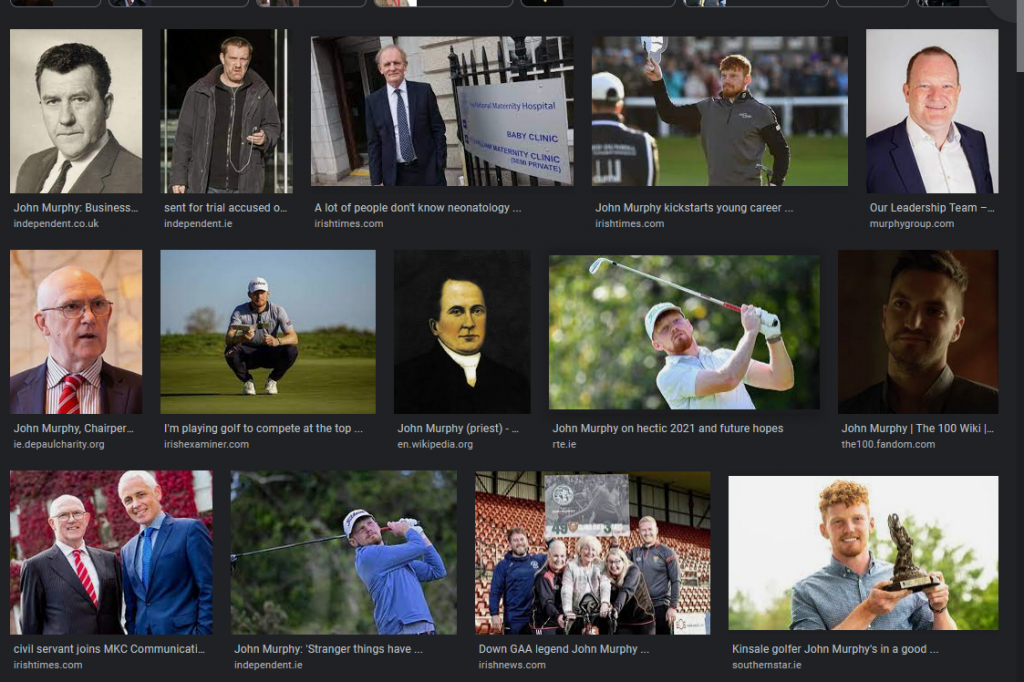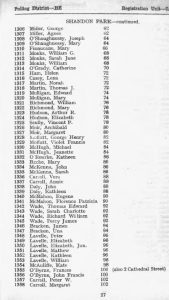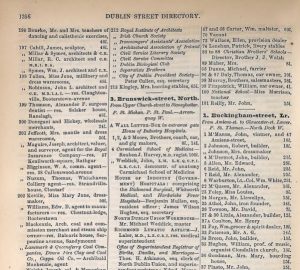Anyone who’s had to deal with my coding knows, the top priority is to get the damn software to do something, not to code it properly or securely or intelligibly (sorry Eoin). As Dr Johnson said about a dog walking on its hind legs, the wonder is not that it’s done well, but that it’s done at all.

As with software, so with research. I detest traveling hopefully. Just get me there as fast as possible. Here are a few of my FamilySearch and IrishGenealogy quick and dirty shortcuts.
No two transcripts are identical and there are some wonderfully fruitful differences are between IrishGenealogy and FamilySearch. Yes, IrishGenealogy has a name index by Registration District, but try finding John son of John Murphy and Mary Ford, born in Co. Cork 1864-1874. There are almost 1000 John Murphys listed in the 14 Cork Districts and the only way to find the one with Mary Ford as mother is to go through each of them one by one. No no no, that way lies madness and death. FamilySearch has a (partial, flawed) transcript of the same birth registers from 1864 to the second quarter of 1881, which, Hallelujah, you can search using the mother’s maiden name. And there he is, in Blarney in Cork city registration district, allowing you to zero in on the IrishGenealogy original and get all the luverly luverly detail omitted in the LDS transcript.
FamilySearch also has transcribed copies of the original printed birth, marriage and death indexes. So they have duplicates of what’s on IrishGenealogy? Not at all. The IrishGenealogy indexes leave out all middle names. If you’re searching for a John Francis Murphy born 1890-1900 in Co. Cork, IrishGenealogy gives you zero results, leaving you to wade through another endless morass of John Murphys. FamilySearch gives you ten.

My favourite hack is between death indexes and full death records. Because the original gives age at death, on FamilySearch, it’s possible to specify both a birth range and death range to zero in on possible matches. So if you’re looking for a John Murphy who was born between 1890 and 1900 and died in Carlow between 1948 and 1958, IG gives you 17 to grind through, FS gives you three. Quick and dirty.
I’ve always liked the definition of elegance as “economy of effort”, which I take to mean laziness. I’m just sooo elegant.



